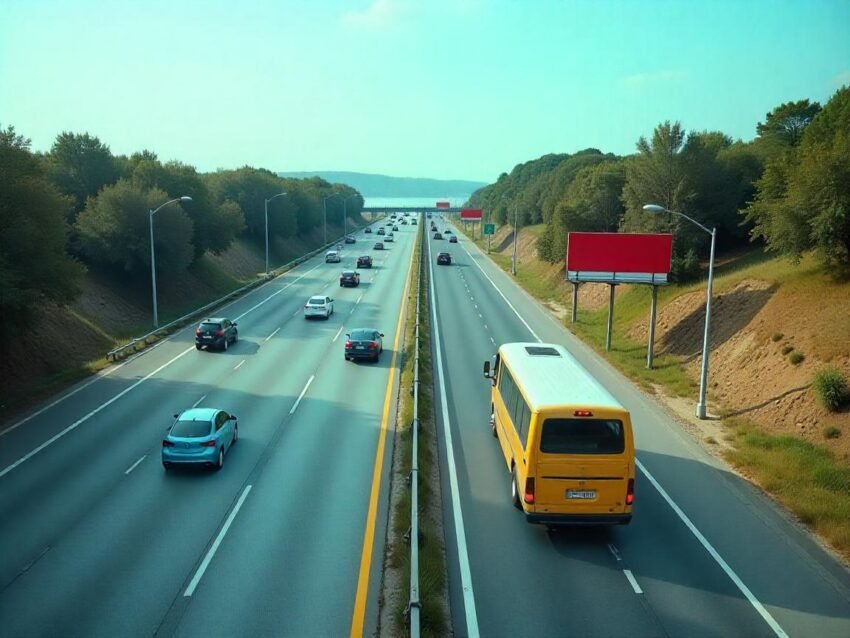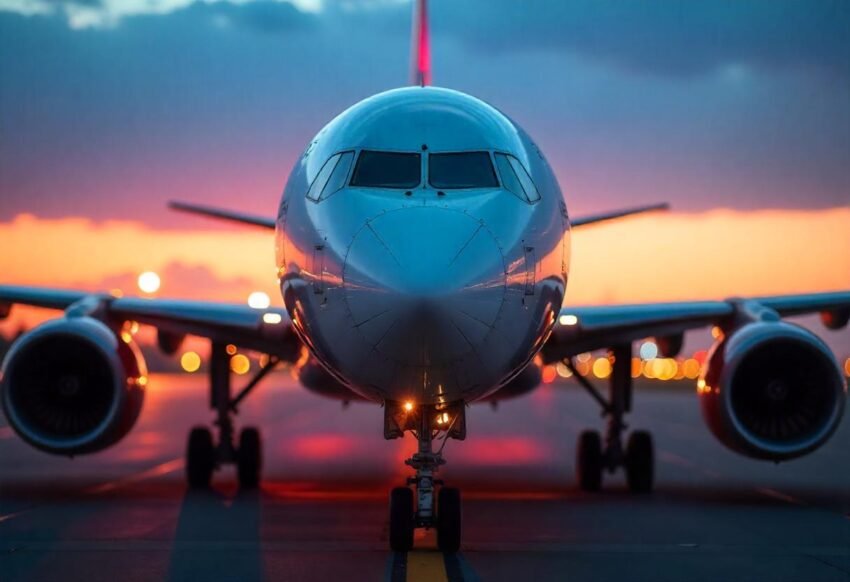Thursday, July 3, 2025

China has taken a bold step toward regional integration with the launch of the Southbound Travel Scheme, allowing private vehicles from Guangdong to enter Hong Kong via the Hong Kong-Zhuhai-Macao Bridge. The Hong Kong Exhibition & Convention Industry Association (HKECIA) has strongly backed this transformative policy, calling it a game-changer for cross-border business, tourism, and event participation.
In a significant step toward enhancing regional mobility and invigorating cross-border economic collaboration, the Hong Kong Exhibition & Convention Industry Association (HKECIA) has warmly welcomed the announcement of the upcoming Southbound Travel Scheme for Guangdong Vehicles. Expected to be implemented later this year, this groundbreaking policy—jointly supported by the Transport and Logistics Bureau of the Hong Kong SAR Government and Guangdong provincial authorities—will enable private cars from Guangdong to drive directly into Hong Kong through the Hong Kong-Zhuhai-Macao Bridge (HZMB), opening a new gateway for seamless travel within the Greater Bay Area.
This strategic development promises to unlock new levels of access and engagement between cities across the Greater Bay Area (GBA), enhancing the free flow of people and ideas while reinvigorating Hong Kong’s role as a regional convention, exhibition, and business hub.
Strong Industry Support Reflects Confidence in Cross-Border Connectivity
The HKECIA, which represents more than 100 influential members from Hong Kong’s exhibitions and conventions sector, welcomed the announcement with optimism and strategic foresight. As an industry that thrives on seamless logistics, international visitation, and regional integration, the association regards the scheme as a timely and necessary enhancement that will help fuel recovery and future growth.
According to the HKECIA, the new travel policy will significantly increase accessibility for business travelers, event attendees, and trade visitors from Mainland China, particularly from the fast-developing Guangdong Province. This smoother mobility is expected to improve participation in trade fairs, conventions, and exhibitions held across Hong Kong, thereby reinforcing the city’s reputation as a global platform for innovation, commerce, and networking.
Bridge to the Future: Unlocking the Full Potential of the HZMB
The Hong Kong-Zhuhai-Macao Bridge, the world’s longest sea-crossing bridge, has long held the promise of tighter integration within the GBA. However, until now, its full potential remained untapped, especially in terms of southbound traffic. With the launch of the Southbound Travel Scheme, this key infrastructure will become a true conduit for mutual development and collaboration between Hong Kong and Mainland China.
Under the scheme, eligible private cars from Guangdong will be permitted to enter Hong Kong directly, making travel more convenient, time-efficient, and reliable. The improved access will be instrumental in drawing more visitors from neighboring Mainland cities, who can now drive directly into Hong Kong for business meetings, exhibitions, or tourism.
Economic Ripple Effects for the Exhibition and Convention Sector
The exhibition and convention industry in Hong Kong has long played a critical role in the city’s economy, contributing significantly to tourism, hospitality, logistics, and service sectors. According to pre-pandemic data, trade shows and events in Hong Kong attracted hundreds of thousands of international and Mainland participants annually, generating billions in economic activity.
With the easing of cross-border vehicle restrictions, the city is poised to reclaim its position as the region’s preferred meeting place for global enterprises and regional stakeholders. This is particularly crucial as international exhibition calendars resume and industry professionals look to reconnect face-to-face after years of virtual events.
The HKECIA sees the Southbound Travel Scheme as a game-changer that will attract new segments of visitors, particularly small and medium-sized business owners, suppliers, and buyers from Guangdong who previously faced logistical hurdles when traveling to Hong Kong.
Enhanced Collaboration Between Governments Fuels Regional Integration
The successful rollout of the Southbound Travel Scheme underscores the deepening cooperation between the Hong Kong and Guangdong governments. By fostering cross-border mobility, both sides are actively supporting the vision of the Greater Bay Area as a vibrant economic and innovation corridor.
The GBA, which comprises Hong Kong, Macao, and nine cities in Guangdong including Shenzhen, Guangzhou, and Zhuhai, represents a combined population of over 86 million and a GDP that rivals the world’s top economies. As regional integration accelerates, infrastructure and policy alignment—like that seen in the Southbound Travel Scheme—will be critical to unlocking shared prosperity.
The Hong Kong government’s commitment to enhancing connectivity with the Mainland is further seen as a strong signal to international investors and business communities that the city remains open, accessible, and forward-looking.
A Catalyst for Tourism, Trade, and Cultural Exchange
Beyond business and exhibitions, the scheme is also anticipated to bolster Hong Kong’s tourism and retail industries. Travelers from Guangdong driving into the city can now more easily explore cultural sites, attend leisure events, shop in world-class districts, or simply enjoy weekend getaways—all of which contribute to the broader economic ecosystem.
By reducing travel friction and offering convenience, the Southbound Travel Scheme aligns perfectly with the post-pandemic recovery strategy of revitalizing inbound tourism and repositioning Hong Kong as a premium destination for both business and leisure.
Preparing for Implementation and Continued Dialogue
While the scheme is slated for implementation later this year, authorities have committed to ensuring that its rollout is orderly, secure, and efficient. The HKECIA has pledged its cooperation with relevant departments to facilitate smooth integration and to communicate updates to its members and the wider business community.
Ongoing dialogue between government bodies and industry stakeholders is expected to continue as more details—such as application criteria, quotas, and customs procedures—are announced. This collaborative approach will ensure that the policy delivers maximum value while maintaining public safety and operational integrity.
Conclusion
The upcoming Southbound Travel Scheme for Guangdong vehicles marks a pivotal moment in the evolution of cross-border integration within the Greater Bay Area. With strong backing from both the Hong Kong and Guangdong governments, and enthusiastic support from the city’s exhibition and convention sector, the scheme promises to deliver far-reaching benefits. By enhancing accessibility, encouraging trade and business participation, and revitalizing tourism, this initiative firmly places Hong Kong at the heart of regional growth and global opportunity.
«Enjoyed this post? Never miss out on future posts by following us»







